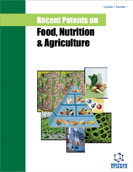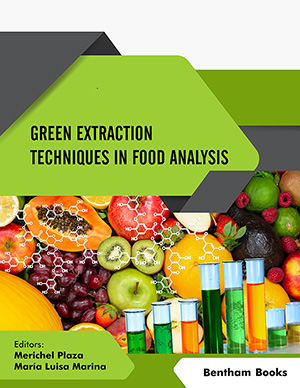Abstract
Fungal aroma comprises at least seven chemical groups of volatile organic compounds, which are plain hydrocarbons, heterocycles, alcohols, phenols, acids and derivatives, carbonyls (aldehydes and ketones), and sulfur containing molecules. This aromatic blend provides the excellent sensory properties to produce and several strategies have been employed to create aromatic products having the aroma and taste of mushrooms and truffles. Nowadays, there are several procedures to obtain aroma concentrates. Among them, the simulation of mushroom aroma by the combination of the main substances responsible for the flavour could be an efficient strategy. Nevertheless, natural procedures are gaining more importance since the concentrate is not a synthetic product and the processes commonly involve the use of mushroom waste. In this field, the maceration with precursor molecules, such as linoleic acid, or different types of enzymes is commonly used in food industry. This article provides a wide view of the most common strategies to produce fungal aroma taking into account the main advantages and disadvantages they present. The article presents some promising patents on strategies for the preparation and concentration of mushroom aromatic products.
Keywords: Aroma, concentrate, essence, extract, mushroom, mycelium culture, natural, truffle
 12
12


















